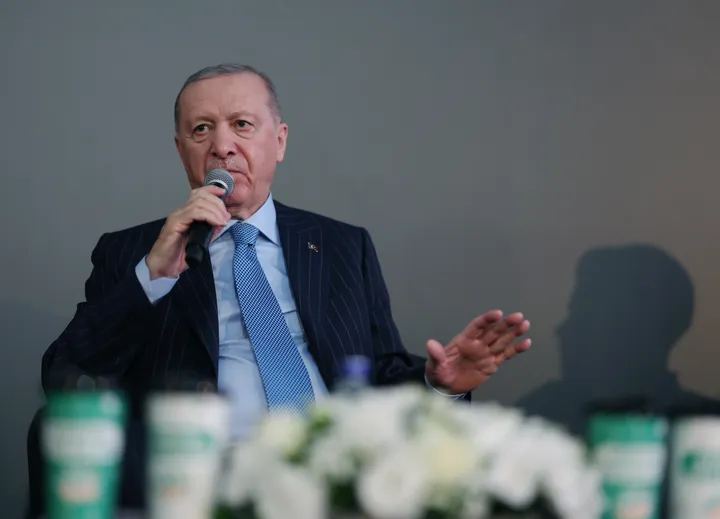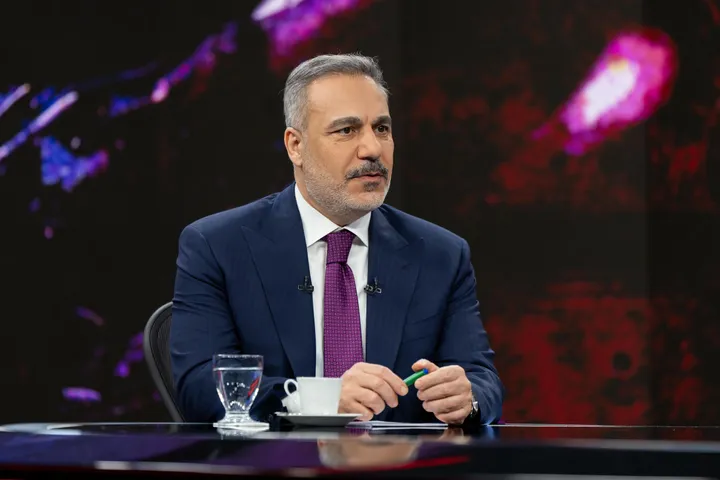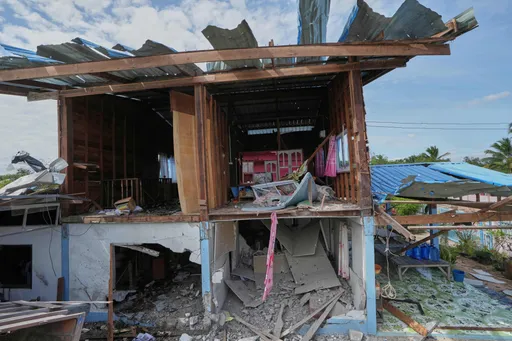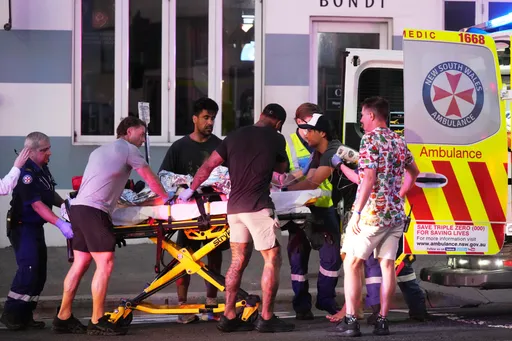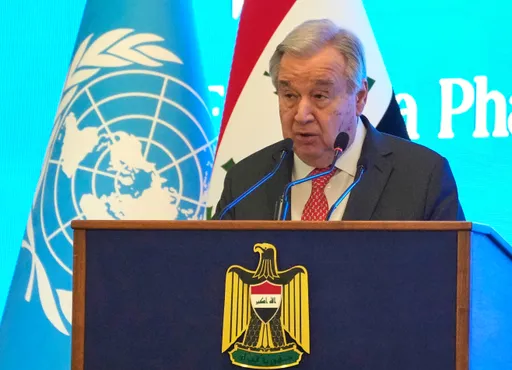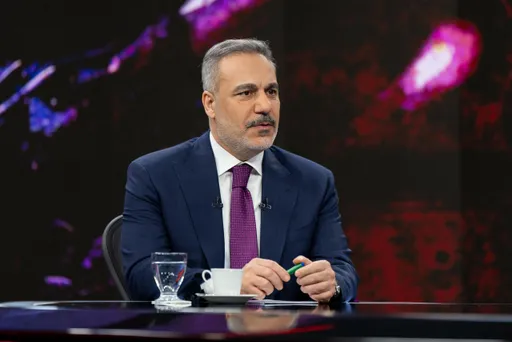Türkiye is on the brink of unveiling a far-reaching strategy, named the "Aleppo Model”, to enable the around 3.3 million Syrian refugees in the country to safely return to their homeland.
In a collaborative effort involving migration groups and the Ministry of Interior, substantial steps have been taken to oversee the repatriation of asylum seekers.
Over the past decade, Türkiye has provided refuge for around 3.3 million Syrians who sought shelter from persecution and violence that erupted in their homeland due to the brutal civil war that erupted in 2011.
The Assad regime's forceful response to pro-democracy demonstrations set the stage for a conflict that has resulted in the loss of over half a million Syrian lives and has left more than 15.3 million individuals in dire need of humanitarian assistance.
The Turkish Ministry of Interior upholds a principle of Safe, Voluntary, and Dignified Return, as it facilitates the repatriation of Syrian refugees to their home country within established safe zones for civilians. The Aleppo Model can be considered a component of this overarching repatriation initiative.
Omar Al Hariri, a Daraa-based Syrian journalist, tells TRT World that the model seems very promising. “It may solve one of the most important problems that the population in northern Syria suffers from. By economically rehabilitating these safe areas and providing job opportunities, thereby raising the standard of living, this model may push refugees who wish to return, as well as those who fear poverty and lack of jobs upon returning.”
While he appears optimistic about the model, he re-emphasises the need to ensure the safety of civilians upon their return to their homes. “Refugees want to return to their houses when it’s safe to return,” he stresses.
Ensuring safety in northern Syria
Türkiye recognises that ensuring the safety and stability of regions within Syria is pivotal to preventing the ongoing flow of refugees from these destabilised areas.
Yet, the region's instability, marked by cooperation between the Assad regime and terrorist organisations such as the YPG/SDF backed by the US, not only poses risks to civilians' safety, but also generates security threats along Türkiye's borders.
Al Hariri raises these security threats stemming from terrorist groups, the Assad regime and Russian airstrikes, when he asks: “What if a refugee returns, builds a new house, opens a business and his life gets better and better. Who can guarantee his safety from the regime, the SDF, or Russian or Iran military strikes ?”
To address this persistent security problem in the region, beginning in 2016, Türkiye’s counterterrorism operations like the Euphrates Shield, the Olive Branch and the Spring Shield liberated territories from groups like the PKK, which is listed as a terrorist organisation by Türkiye, the US, and the EU and has been responsible for the deaths of more than 40,000 people, and its Syrian affiliate the YPG/SDF.
These efforts created safer conditions for resettlement, particularly in areas such as Afrin, Manbij, Al-Bab and Idlib. To date, approximately 554,000 Syrians have returned from Türkiye to these regions, whose security has been enhanced with new educational institutions, medical facilities, organised industrial zones and upgraded infrastructure. Notably, over 6 million Syrians now inhabit around107,000 briquette houses in Idlib and Afrin.
Furthermore, in collaboration with Qatar, Türkiye is actively constructing fully-equipped homes — roughly 240,000 of them— across Idlib and Afrin, within the next three years.
What’s new in this model
The primary focus of this new model is to expand the safe zones created through Türkiye’s efforts for civilians up to Aleppo and to implement a similar approach there.
The core tenets of the Aleppo Model are centred around fostering employment opportunities, resolving housing challenges and ensuring secure living conditions within Syria. To address this, joint housing initiatives will be undertaken with Qatar’s support.
Additionally, businesses in Türkiye’s border provinces like Gaziantep will be granted permission to establish workplaces in secure areas of Syria, stimulating economic activity and job creation.
Furthermore, the Aleppo Model encompasses not just residences but also provisions for agricultural plots, commercial facilities, production and industrial zones, and comprehensive social facilities spanning education to healthcare.
By prioritising Aleppo's resurgence and engaging with Russia and the Syrian regime, Türkiye aspires to foster functional governance in secure regions, thereby cultivating an environment conducive to the dignified return of hundreds of thousands of displaced Syrians.
The West’s role in Syria’s instability
Abdullah Agar, a security expert and former senior Turkish military officer, views these operations as significant sacrifices for Türkiye. He sees this approach as markedly distinct from that of Western countries, which he characterises as highly self-interested and opportunistic. He says, "Western countries have adopted an extremely harsh, reckless and inhumane immigration policy, prioritising the protection of their own interests.”
He criticises the approach of Western countries, deeming it one-dimensional and neglectful of the root causes of the refugee influx – causes that stem from strategies they have been pursuing in Syria from the outset.
“The core problem lies in the political decisions and strategies of the Western powers, which have contributed to the emergence of irregular migrants, and led millions of individuals to become irregular migrants. When looked at closely, we see that the internal conflicts in this region, with their origins that can be linked to the destabilising, occupying, invasive, colonial and suppressive policies of the West, have played a significant role.”
Agar also addresses how these Western policies, combined with the West’s alignment with various armed groups — including the US backing and training of SDF/YPG terrorists — could potentially influence shifts in the region's demographics. He argues that unless these changes are reversed, lasting peace would remain elusive.
“I particularly consider taking control of areas exploited by the YPG/SDF terrorist organisation in northern Syria, and their return to their rightful owners, to be of utmost importance,” he adds.
A comprehensive report published in 2015 by Amnesty International, titled ‘We had nowhere else to go’: Forced displacement and demolitions in northern Syria, including satellite images, reveals evidence of alarming abuses, detailing the deliberate displacement of thousands of Arabs and Turkmen civilians, and the razing of entire villages by the terrorist YPG/PYD/SDF.
"Before the Syrian civil war, the demographic and topographic composition in the country was as follows: around sixty to seventy percent Sunni Arabs, fifteen to seventeen percent Nusairi Arabs, eight to ten percent Turkmens, and three to five percent Kurds and other remaining groups constituted various religious and ethnic minorities,” says Agar.
“Now, this balance has been disrupted, this demographic and topographic proportion has been disrupted,” he adds, underscoring the significance of returning to the original demographic composition of the region as a means to ensure a lasting solution, and the safe, secure return of Syrian refugees.
A hope for a lasting solution
By employing a holistic approach, involving the establishment of safe zones through military operations, and implementing a comprehensive revitalisation strategy encompassing housing and employment initiatives for the region, not only is Türkiye laying the groundwork for hospitable conditions that could encourage the repatriation of displaced Syrians, but also for reinstating the original demographic composition of the region.
This all-encompassing strategy, underpinned by a dedication to humanitarian principles and regional stability, sets the stage for a more promising future for both Syrians and the wider region.

